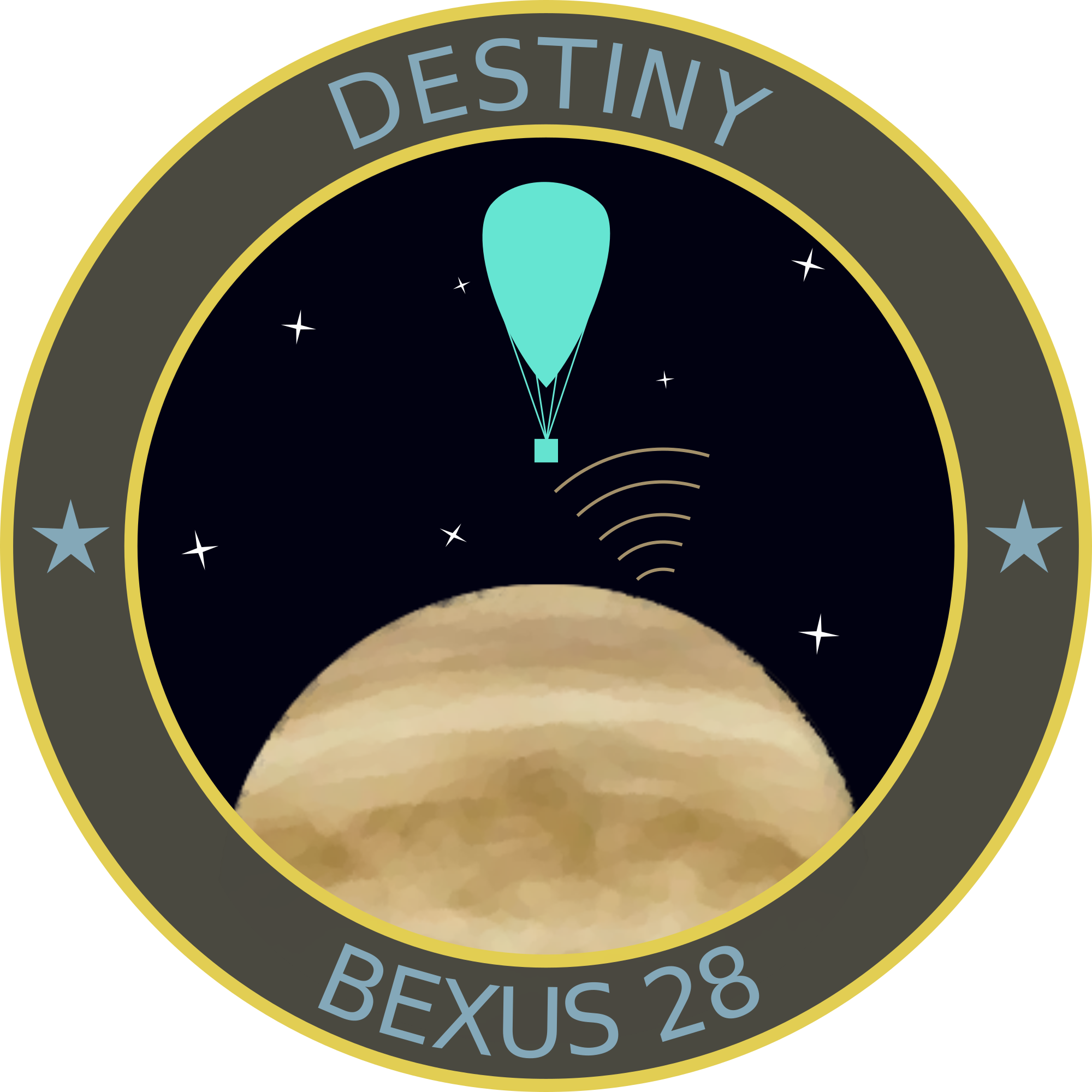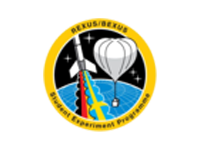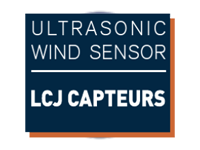
The Project
Using long-lasting rovers on Venus is impossible. We want to use balloons.
Because of extreme conditions on Venus surface, we will use atmospheric balloons instead of rovers. Specifically, the final objective is to use a constellation of long duration balloons in the tropopause, where the temperature is around 55oC and pressure drops down to 0.5 bar. Each of them would embed pressure and position sensors, allowing the triangulation of the sources of the infrasonic waves propagating through the atmosphere. Such waves are in particular generated by quakes, which allows us to study the internal structure of the planet.
The DESTINY experiment aims at testing this method on the Earth's stratosphere. Our goal is to characterize the infrasonic background of the atmosphere to be able to recognize specific signals and to locate their origins. We will use explosions on the ground as infrasound sources, but we will also look for other specific signals. To do so, we will measure the phase difference between the signals detected by distinct on-board barometers and process it to locate their origins.
























